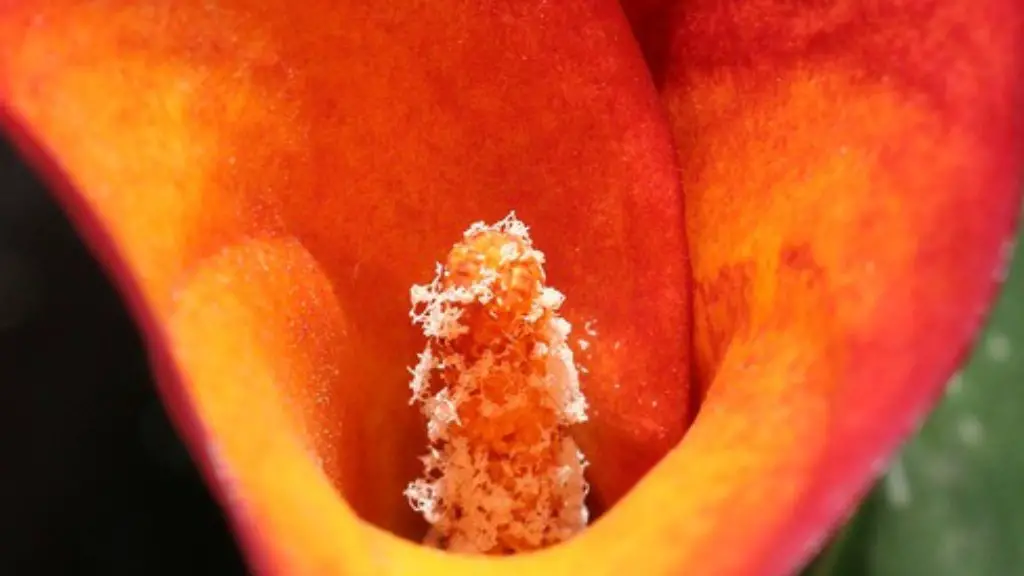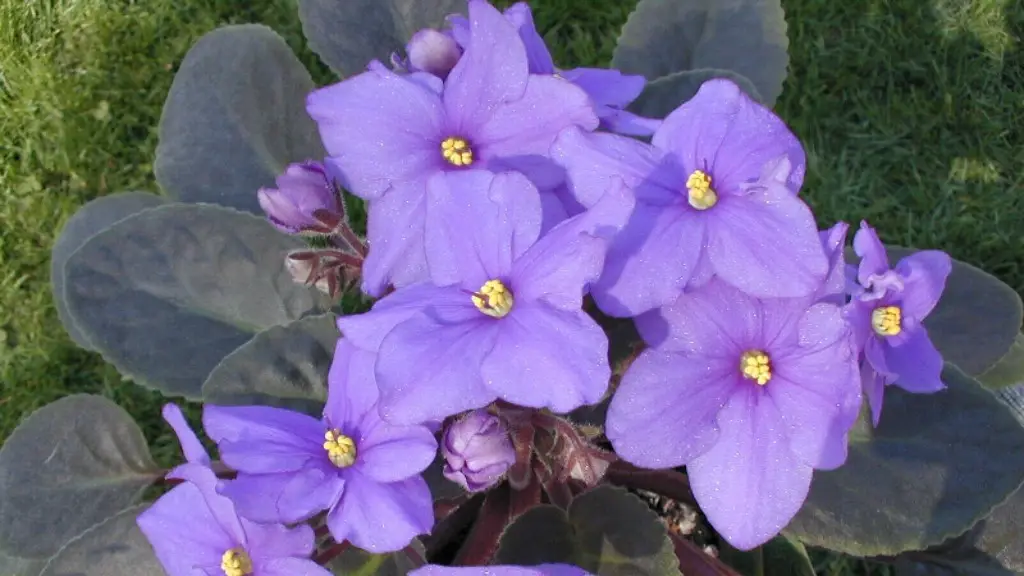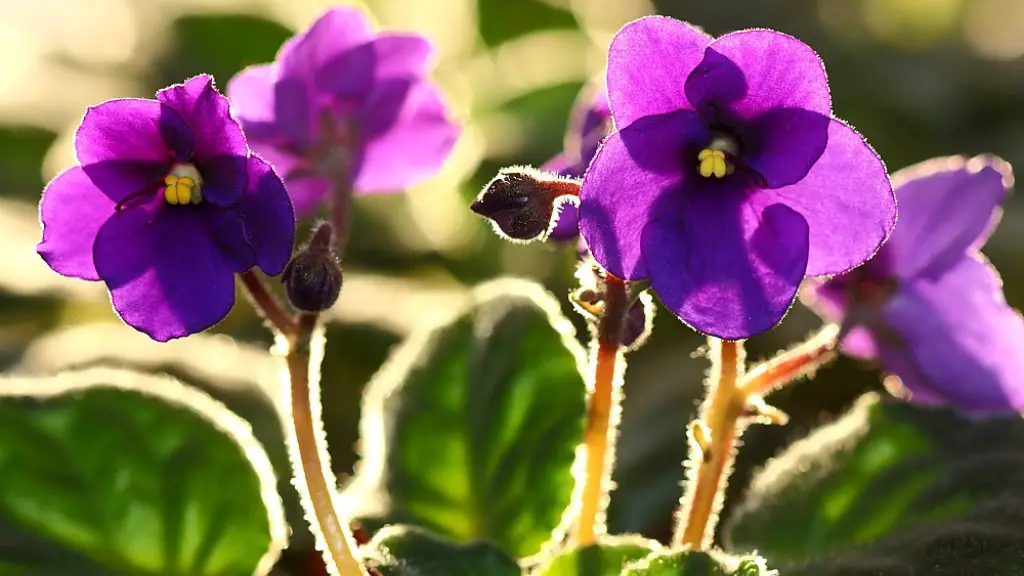To water African violets, the general rule of thumb is to water them until the water begins to drip out of the bottom of the pot. For most African violets, this will be about every 5-7 days.
It is recommended that African violets be watered so that the soil is moist, but not soggy.
What is the proper way to water African violets?
Watering your plant is important to keep the soil moist to dry, and allow the soil around the roots to dry out before watering again. This will encourage blooming. Water from the bottom by placing the plastic grower’s pot in water, and allowing the plant to absorb the water (not more than 30 minutes).
The best way to tell if your African violet needs watering is to feel the top of the soil. If it is dry to the touch, then it is time to water. African violets should be allowed to dry out between each watering for best results. Overwatering can kill a plant. The fine roots of an African violet need air, which cannot penetrate a soggy wet soil mass.
Why do you water African violets from the bottom
To keep your African Violet healthy and vibrant, remember to water from the bottom so the roots can soak up the water. Keep the soil moist, but never soggy, and water with warmer water, around 70 degrees.
It is important to not mist the foliage of African violets as this may cause permanent leaf spotting. Use water that is room temperature to avoid this. African violets are also susceptible to crown rot, so it is important to not saturate the crown of the plant with water.
Is tap water okay for African violets?
If you are unsure about the quality of your tap water, it is best to err on the side of caution and use filtered or distilled water for your African violets. Chlorine, chloramines, and dissolved solids can all adversely affect the health of your plants, so it is best to avoid them if possible.
The best way to water an African violet plant is from the bottom up. Place your plant in a shallow tray of water for 30 minutes, allowing the soil to soak up the water through the drainage holes at the bottom of the pot.
What do Overwatered African violets look like?
If you notice that your African Violet plant’s leaves are turning soft, limp, or mushy, it is likely that the plant has been over-watered. When this happens, the soil retains too much water, which can cause the leaves to become damaged. If you think your plant may be over-watered, be sure to check the soil before watering it again. If the soil is still moist, then wait to water the plant until the soil has had a chance to dry out somewhat.
Growing plants in bright, indirect light is the best way to get beautiful color and blooms. A plant stand three feet away from a west- or south-facing window is an ideal location. Plants will still grow when situated right beside north- or east-facing windows, but leaves will be thin and spindly, and plants are less likely to bloom.
How often do you bottom water African violets
It’s important to water your African violet houseplant from the bottom, so that the plant doesn’t get over-watered. Keep an eye on the water level in the bottom pot, and refill as needed (usually every two to three weeks).
If you’re looking to water your African violets and keep them healthy, it’s best to avoid using ice cubes. While the cubes will slowly melt and add moisture to the soil, the cold water can damage your plants. Stick to using room temperature water to keep your violets looking their best.
How do you encourage African violets to bloom?
If your African violet isn’t blooming, it’s likely because it’s not getting enough light. African violets need indirect sunlight; direct sunlight can burn the leaves. Choose a north- or east- facing window for best results. Keep plants away from cold glass and rotate the pot once a week so all leaves receive light.
If you’re African violet is finicky about its water, make sure to let the water sit for a bit before giving it to your plant. It’s best to let it sit for 24-48 hours, but if you can’t, then let it stand for at least an hour. This will ensure that the water is either tepid or at room temperature, which is ideal for your plant.
How often should I feed African violets
You can safely return plants to the fluorescent light garden even when leaves are wet fertilizing a low nitrogen, high phosphorous, soluble plant food is terrific for African violets. I fertilize every time I water, using Jack’s Classic 10-30-20 formula (click here to order from Amazon).
It’s important to give your African violets at least eight hours of darkness each day in order to encourage them to bloom. You can do this by placing them in a room that gets little to no natural light, or by covering them with a cloth or blanket for eight hours each day.
Do violets like coffee water?
It’s great to hear that coffee grounds make a great homemade fertilizer for African violets! I would definitely recommend making a mixture of dried coffee grounds and dried egg shells, and then working the coffee ground mixture into the top of the soil. This will help to replenish the soil every couple of months and keep your African violets healthy and thriving!
When potting your African violet, be sure to choose a pot that is on the smaller side. This will allow the plant to be slightly pot-bound, which is ideal for its growth. A professional tip is to use a pot that is 3-4 inches in diameter if you have a standard African violet plant.
Conclusion
The African violet needs very little water, just enough to keep the soil moist. Over- watering can be harmful, so it’s best to err on the side of too little water rather than too much.
The best way to water african violets is to use room temperature water and to water them from the bottom. Water them until the water comes out of the drainage holes in the bottom of the pot.





